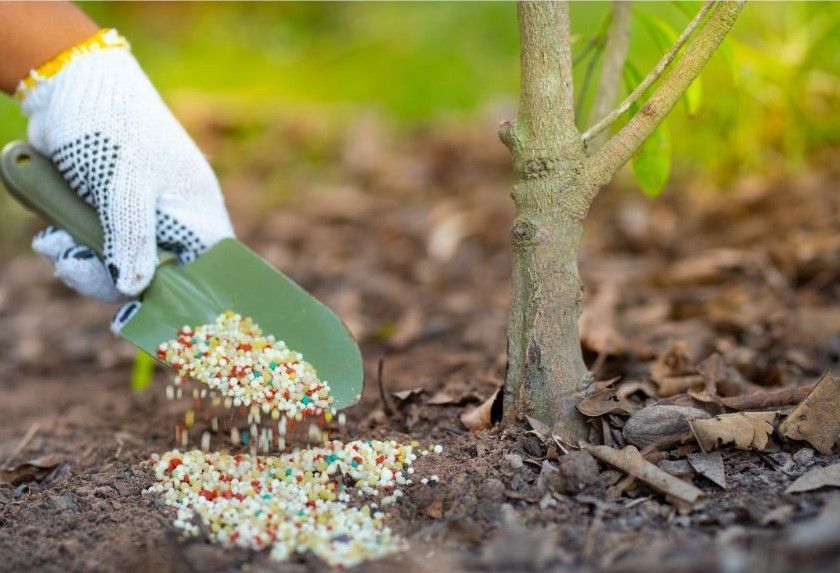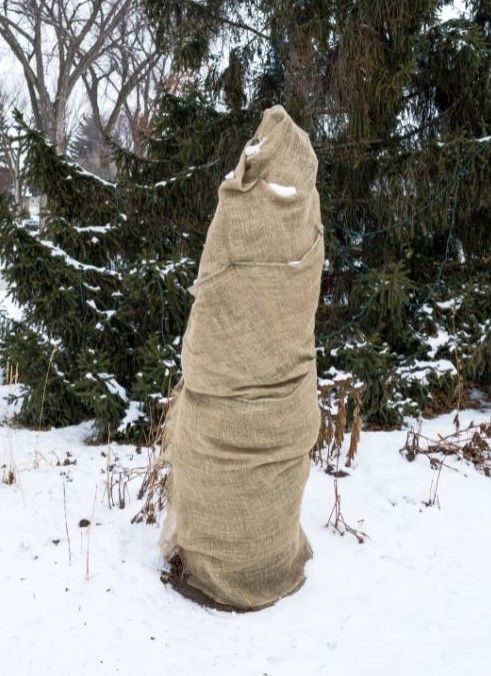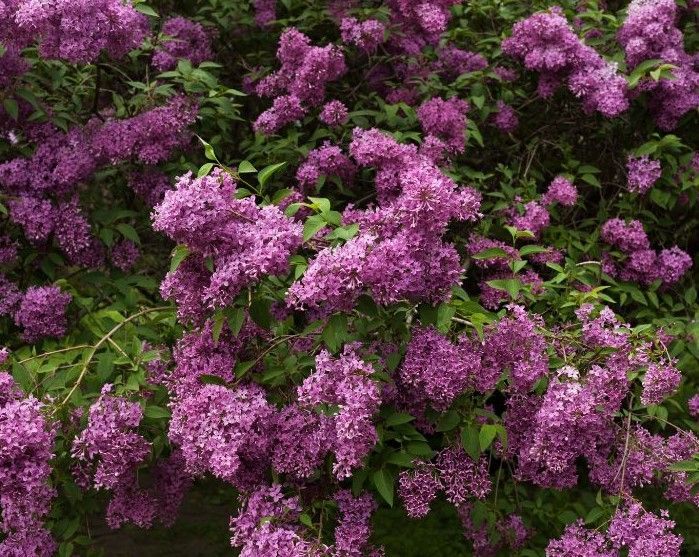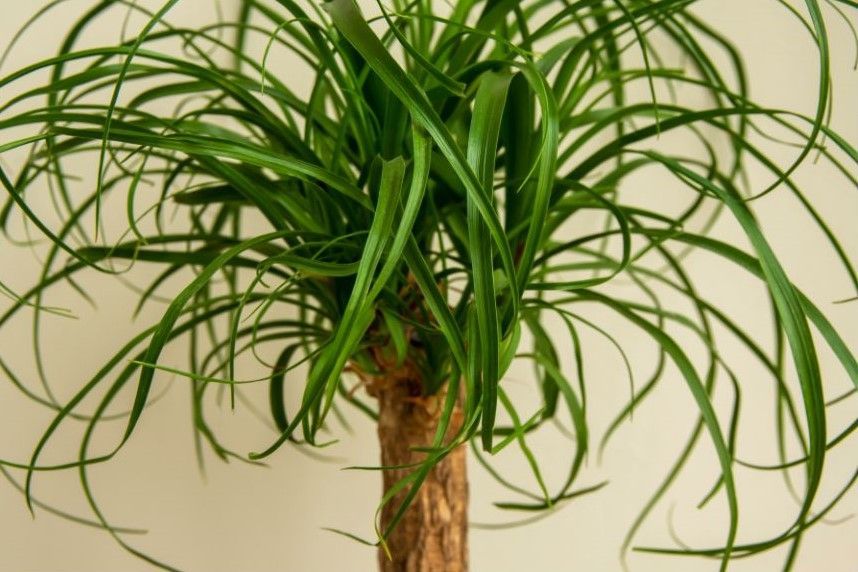Winterizing Your Trees and Shrubs
As temperatures drop and the cold is ushered in, our trees are already preparing themselves for the coming winter.
Dormancy is a vital survival strategy for your tree, enabling it to endure harsh cold weather by entering a state of reduced activity or temporary hibernation. This adaptive trait plays a crucial role in helping trees cope with freezing temperatures, arid conditions, and limited access to water and nutrients.
While trees and shrubs possess this natural ability, they can still benefit from our assistance in ensuring their protection. With this in mind, here are some valuable tips on how to effectively prepare your trees for the winter season.
Pruning – Pruning during the autumn season will promote the emergence of fresh growth in the spring.
During fall, it is advisable to remove any decaying or lifeless branches. It may also be necessary to trim branches that could potentially snap due to the weight of snow or ice.
Ensure you are equipped with sharp shears and carefully cut the branch above and below the branch collar, avoiding the temptation to remove the branch in a single cut.
Note: If you have evergreens that you've recently pruned or cut down, don't let that beautiful foliage go to waste. Instead, put it to good use and create stunning holiday decorations!
Watering - To thrive, trees require proper hydration to absorb essential nutrients from the soil and maintain a healthy root system. During dormant months, the soil surrounding the tree is susceptible to drying out, as the tree tends to lose more moisture than it can replenish.
Continue watering your plants, trees, and shrubs consistently until the first freeze sets in.
Fertilizer Treatments
Apply your final fertilizer treatment 6 weeks prior to the initial freeze.

Mulching - acts as a weed deterrent and helps maintain moisture during the growing season. Mulch can protect the tree's roots from extreme temperatures.
- Mulch can help insulate topsoil, place a shallow spread around trees, do not pile against the tree trunk.
- Spread the mulch as far as the branches spread.
- Sawdust, compost, straw, leaf waste and wood chips are good for winter mulching.
Wind Protection - will protect trees and shrubs from not just wind but snow and ice.
- For wind protection, put stakes around smaller trees and shrubs. Burlap can be wrapped around the stakes and stapled.
- For evergreens that are a manageable size, wrap the entire evergreen in burlap.

Tree Wraps - protect the tree trunk against the sun scald and frost cracks due to temperature fluctuations. It helps protect the tree trunk from rabbits chewing on them.
- Wrap the tree trunk up to about the first branches.
- The wrap needs to be removed in the spring.
Checklist on preparing your trees and shrubs for winter
1. Fertilize
2. Remove dead or damaged wood
3. Prune branches that will touch the ground when loaded with snow/ice
4. Remove dead bark, pests will like that during winter
5. Spread a thin layer of mulch
6. Wrap young trees
7. Watering may be needed where soils are cool but not frozen
With winter almost here, caring for your trees is important. Each of the tips above will help to protect your trees during this season.

Sign up for monthly newsletters!
From easy tree care practices to fun DIY projects, we've got something for everyone.

Interested in what we can do for you?
Call us at 610-648-0404 or book an appointment online.

Sign up for monthly newsletters!
Get our latest articles, delivered right to your inbox. No spam, ever.
Check out the latest...
Sign up for monthly newsletters!
From easy tree care practices to fun DIY projects, we've got something for everyone.






WHAT WE DO
WHO WE ARE
Join the Tree Society newsletter
Get monthly articles on the latest in the tree care industry, curated by people deeply passionate about environmental stewardship.



